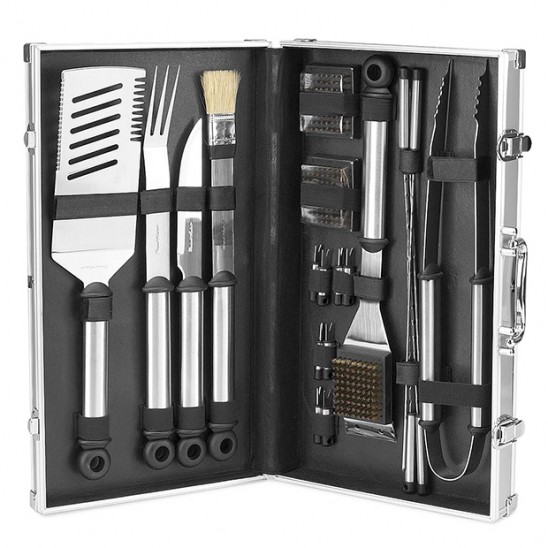 This is a debate that rages on in barbecue country, with passionate advocates on both sides. But when a blind taste test was conducted, it was discovered that most people can’t actually taste any difference between the two. It’s a tie! The exception appears to be in cases where the food in question needs to be cooked for a long time—and then charcoal appears to have the upper hand. What gives it that slight advantage? Smoke. Some gas grills have built in “vaporizers” that create smoke from dripping grease, but it’s not the kind of smoke that imparts much flavor to the food. But on the other hand, charcoal doesn’t get a free ride for flavor, either. A lot of quick-starting charcoal has added chemicals or is made using sawdust and glue, which can add an unpleasant taste to your foods. It seems that, in the end, either charcoal or gas can be great as long as the barbecuing is (eh-hem) well done.
This is a debate that rages on in barbecue country, with passionate advocates on both sides. But when a blind taste test was conducted, it was discovered that most people can’t actually taste any difference between the two. It’s a tie! The exception appears to be in cases where the food in question needs to be cooked for a long time—and then charcoal appears to have the upper hand. What gives it that slight advantage? Smoke. Some gas grills have built in “vaporizers” that create smoke from dripping grease, but it’s not the kind of smoke that imparts much flavor to the food. But on the other hand, charcoal doesn’t get a free ride for flavor, either. A lot of quick-starting charcoal has added chemicals or is made using sawdust and glue, which can add an unpleasant taste to your foods. It seems that, in the end, either charcoal or gas can be great as long as the barbecuing is (eh-hem) well done.
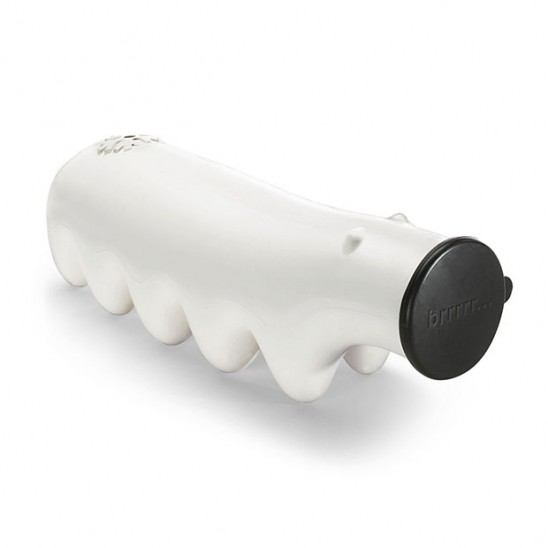 Nothing beats the heat of a BBQ better than a tall glass of ice-cold lemonade. But did it ever occur to you that you should maybe thank a very special Bostonian for that chilly, chilly goodness? Up until the early 1800s, ice was mostly just a hazard of winter. However, to wealthy Boston brothers Frederic and William Tudor, it was a luxury they could afford. After joking about how their chilled beverages would be the envy of the colonists in the West Indies, Frederic decided to test out that theory and ship the ice to the French island of Martinique. No ship in Boston would agree to ship the precarious cargo, and so after buying their own boat, they set sail with 80 tons of ice on board. The ice arrived in perfect condition, but the islanders were rightly suspicious of the giant blocks of ice they were being told to buy and consume, and so their trip was a failure.
Nothing beats the heat of a BBQ better than a tall glass of ice-cold lemonade. But did it ever occur to you that you should maybe thank a very special Bostonian for that chilly, chilly goodness? Up until the early 1800s, ice was mostly just a hazard of winter. However, to wealthy Boston brothers Frederic and William Tudor, it was a luxury they could afford. After joking about how their chilled beverages would be the envy of the colonists in the West Indies, Frederic decided to test out that theory and ship the ice to the French island of Martinique. No ship in Boston would agree to ship the precarious cargo, and so after buying their own boat, they set sail with 80 tons of ice on board. The ice arrived in perfect condition, but the islanders were rightly suspicious of the giant blocks of ice they were being told to buy and consume, and so their trip was a failure.
William dropped out of the business but Frederic persisted, landing himself in debtor’s prison three times. Eventually, he started using the age-old “first one’s free” tactic while living in South Carolina. He offered chilled beverages to sweltering Southerners, taught restaurant owners how to make ice cream, and even offered it to doctors in need of a numbing agent. The crowds were convinced and Frederic started an ice harvesting assembly line using frigid river waters. Competing ice distributers began popping up, the need for iceboxes became apparent, and now we can enjoy treats directly from the freezer. So the next time you crack a cold one, pour one out for the original Ice Man.
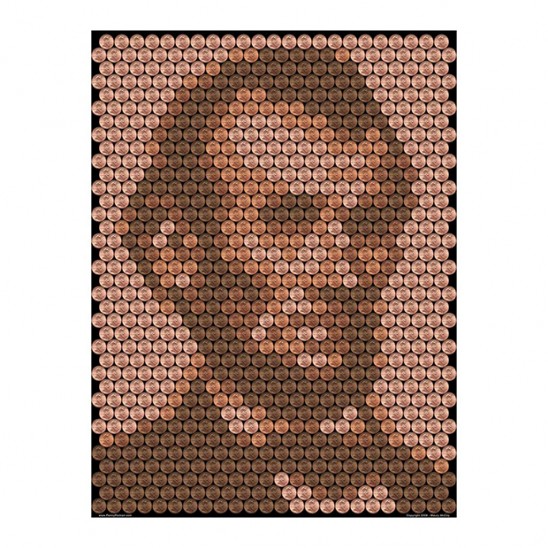 In spite of all the evidence suggesting the contrary, the answer is no. The evidence goes right back to the source of Lincoln’s legendary chin scruff. While campaigning for President in 1860, he received a letter from an 11-year-old girl named Grace Bedell, who encouraged him to grow his whiskers out because he “would look a great deal better.” She went on to explain, “All the ladies like whiskers and they would tease their husbands to vote for you and then you would be President.” Lincoln did comply with the girl’s wishes, but the key word here is “whiskers.” In the 19th century, whiskers and beards were very different things. Beards were facial hair allowed to grow unchecked. They were less reputable than their civilized, neatly trimmed counterpart, which is what (according to Grace) “all the ladies like.” President Rutherford B. Hayes had a beard. But President Abraham Lincoln had whiskers.
In spite of all the evidence suggesting the contrary, the answer is no. The evidence goes right back to the source of Lincoln’s legendary chin scruff. While campaigning for President in 1860, he received a letter from an 11-year-old girl named Grace Bedell, who encouraged him to grow his whiskers out because he “would look a great deal better.” She went on to explain, “All the ladies like whiskers and they would tease their husbands to vote for you and then you would be President.” Lincoln did comply with the girl’s wishes, but the key word here is “whiskers.” In the 19th century, whiskers and beards were very different things. Beards were facial hair allowed to grow unchecked. They were less reputable than their civilized, neatly trimmed counterpart, which is what (according to Grace) “all the ladies like.” President Rutherford B. Hayes had a beard. But President Abraham Lincoln had whiskers.
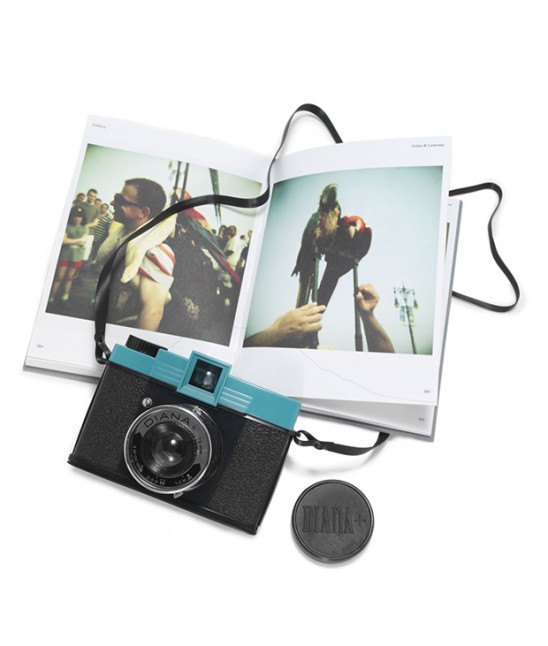 Since the default expression in a photo now is a smile, we shout “cheese” because the word is supposed to make the corners of our mouth lift and our teeth show. However, in the early days of photography, facial expressions took their cues from traditional European fine art portraiture, where smiles were only sported by peasants, children and drunks—not exactly a good look. Paired with an etiquette and beauty standard that called for a small, tightly controlled mouth, looking good in photos was all about composure. It was for this reason that some early photographers asked that their subjects say “prunes” rather than the delicious dairy product we all know and love. We’re sure it did wonders for the plum-drying industry.
Since the default expression in a photo now is a smile, we shout “cheese” because the word is supposed to make the corners of our mouth lift and our teeth show. However, in the early days of photography, facial expressions took their cues from traditional European fine art portraiture, where smiles were only sported by peasants, children and drunks—not exactly a good look. Paired with an etiquette and beauty standard that called for a small, tightly controlled mouth, looking good in photos was all about composure. It was for this reason that some early photographers asked that their subjects say “prunes” rather than the delicious dairy product we all know and love. We’re sure it did wonders for the plum-drying industry.
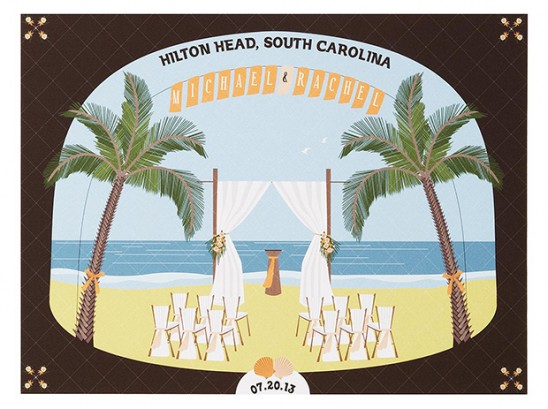 Bridesmaids’ dresses now might be the source for collective groans and unflattering necklines, but their origins included a lot less taffeta and a lot more body guarding. During the long walk from the bride’s home to the church, she ran the risk of attracting evil spirits or even running into jealous ex-lovers (awkward…) To protect her from these unpleasant run-ins, the bride’s closest friends were asked to wear a dress similar to the bride’s, so as to trick the spirits or jilted beaus. If this sounds like a tough job, the original duty of the Best Man takes the wedding cake—the groom’s best swordsman served as his armed guard in case the bride’s parents changed their minds and a kidnapping was in order. Now sit back, find the bride something borrowed and blue, and be glad you live in modern times.
Bridesmaids’ dresses now might be the source for collective groans and unflattering necklines, but their origins included a lot less taffeta and a lot more body guarding. During the long walk from the bride’s home to the church, she ran the risk of attracting evil spirits or even running into jealous ex-lovers (awkward…) To protect her from these unpleasant run-ins, the bride’s closest friends were asked to wear a dress similar to the bride’s, so as to trick the spirits or jilted beaus. If this sounds like a tough job, the original duty of the Best Man takes the wedding cake—the groom’s best swordsman served as his armed guard in case the bride’s parents changed their minds and a kidnapping was in order. Now sit back, find the bride something borrowed and blue, and be glad you live in modern times.
 There is one thing that science has yet to explain about bicycles: how exactly they stay up. You were probably taught in school that gyroscopic force keeps those spinning wheels upright. That was thought to be true until the 1970s, when it was proved that a bicycle wheel simply doesn’t have enough mass for its gyroscopic effect to keep a rider from falling. The next theory was that bikes stay upright through the “caster effect”. Picture how the caster wheels on a shopping cart are always able to turn so that they’re pointing the opposite direction that the cart is moving. In that same way, it was thought that as a bicycle wheel begins to tip out of alignment, the caster effect would cause it to turn slightly and correct itself. But then a team of physicist invented a modified bicycle with special features that cancelled out both gyroscopic and caster effects—and sure enough, it worked just as well without them. Since then, the prevailing theory of how a bicycle works is… nothing. No one knows. It’s a phenomenon so common that a child can learn to control it, yet so mysterious that the greatest minds in the world have yet to figure it out.
There is one thing that science has yet to explain about bicycles: how exactly they stay up. You were probably taught in school that gyroscopic force keeps those spinning wheels upright. That was thought to be true until the 1970s, when it was proved that a bicycle wheel simply doesn’t have enough mass for its gyroscopic effect to keep a rider from falling. The next theory was that bikes stay upright through the “caster effect”. Picture how the caster wheels on a shopping cart are always able to turn so that they’re pointing the opposite direction that the cart is moving. In that same way, it was thought that as a bicycle wheel begins to tip out of alignment, the caster effect would cause it to turn slightly and correct itself. But then a team of physicist invented a modified bicycle with special features that cancelled out both gyroscopic and caster effects—and sure enough, it worked just as well without them. Since then, the prevailing theory of how a bicycle works is… nothing. No one knows. It’s a phenomenon so common that a child can learn to control it, yet so mysterious that the greatest minds in the world have yet to figure it out.
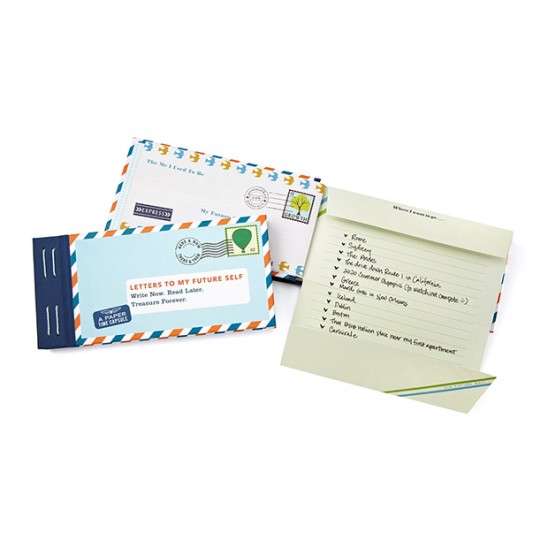 In the late 1950s, the United States Postmaster General was looking for ways to deliver mail faster over greater distances. Drawing inspiration from Cold War technology, he decided to use the most powerful delivery device available: a Regulus cruise missile. In June, 1959, the nuclear warhead was removed from one of the rockets and replaced with a shipment of 3,000 commemorative postcards. Then, instead of just firing the missile from one post office to another, it was loaded onto a submarine and carried out into the Atlantic Ocean off the coast of Florida, and launched at a speed of Mach 2 (680 miles/second) toward a special landing site outside Jacksonville. From there, the mail had to be retrieved and sorted before finally being delivered. In spite of the enormous expense and the impracticality of this procedure, the Postmaster General declared the experiment a great success. Albeit one that was destined to never be repeated.
In the late 1950s, the United States Postmaster General was looking for ways to deliver mail faster over greater distances. Drawing inspiration from Cold War technology, he decided to use the most powerful delivery device available: a Regulus cruise missile. In June, 1959, the nuclear warhead was removed from one of the rockets and replaced with a shipment of 3,000 commemorative postcards. Then, instead of just firing the missile from one post office to another, it was loaded onto a submarine and carried out into the Atlantic Ocean off the coast of Florida, and launched at a speed of Mach 2 (680 miles/second) toward a special landing site outside Jacksonville. From there, the mail had to be retrieved and sorted before finally being delivered. In spite of the enormous expense and the impracticality of this procedure, the Postmaster General declared the experiment a great success. Albeit one that was destined to never be repeated.
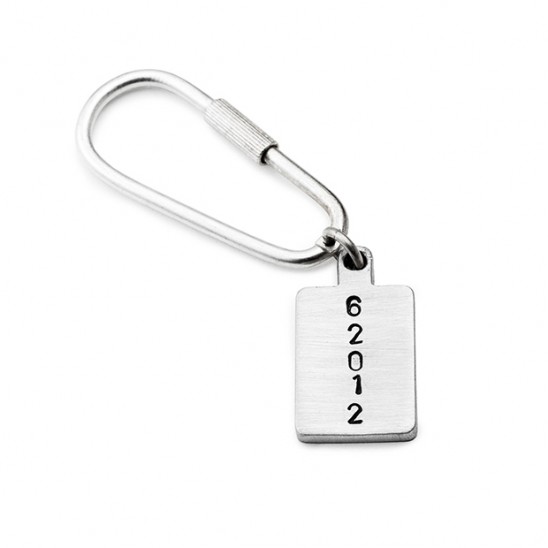 The ZIP code is the five digit number at the end of a United States mailing address that helps direct your letter to where it needs to go. But how is it possible to indicate every place in such a large country using only 5 numbers? The secret is in the way the codes are assigned—they aren’t just given out one to each city in numerical order. The first number in the ZIP represents a specific cluster of several states. In general, the numbers are lower to the north and east, and higher in the south and west. Thus, all the ZIP codes in Maine start with 0, while California gets a 9 for theirs. The second and third numbers indicate a Sectional Center Facility within those regions. These are not your ordinary post offices—they are not open to the public, and they typically operate overnight so that they can get the mail sorted and sent out by the next day. A Sectional Center Facility is responsible for handling mail from nearby cities, each of which is indicated by the final two numbers of the ZIP. The assigning of those numbers is not entirely consistent, but for the most part they begin with the largest city in the area, and after that are distributed alphabetically by city name. Large cities may have more than one ZIP code, and some mail-intensive addresses, such as universities or corporate offices, may have their own. But even so, there are fewer than 99 ZIPs handled by each Sectional Center Facility, which means that even as the country’s population continues to grow, the mail will still be able to ZIP comfortably along.
The ZIP code is the five digit number at the end of a United States mailing address that helps direct your letter to where it needs to go. But how is it possible to indicate every place in such a large country using only 5 numbers? The secret is in the way the codes are assigned—they aren’t just given out one to each city in numerical order. The first number in the ZIP represents a specific cluster of several states. In general, the numbers are lower to the north and east, and higher in the south and west. Thus, all the ZIP codes in Maine start with 0, while California gets a 9 for theirs. The second and third numbers indicate a Sectional Center Facility within those regions. These are not your ordinary post offices—they are not open to the public, and they typically operate overnight so that they can get the mail sorted and sent out by the next day. A Sectional Center Facility is responsible for handling mail from nearby cities, each of which is indicated by the final two numbers of the ZIP. The assigning of those numbers is not entirely consistent, but for the most part they begin with the largest city in the area, and after that are distributed alphabetically by city name. Large cities may have more than one ZIP code, and some mail-intensive addresses, such as universities or corporate offices, may have their own. But even so, there are fewer than 99 ZIPs handled by each Sectional Center Facility, which means that even as the country’s population continues to grow, the mail will still be able to ZIP comfortably along.
